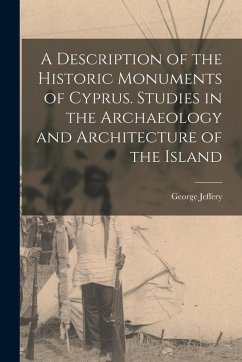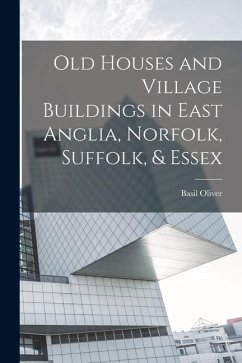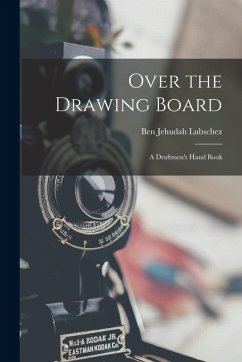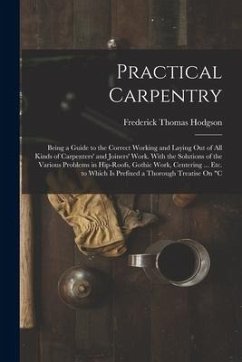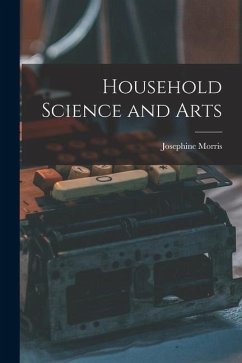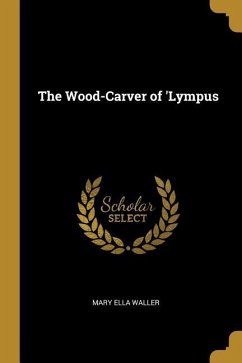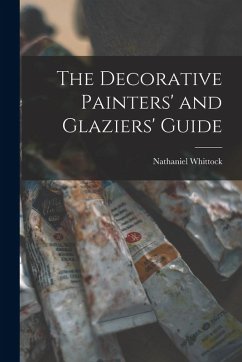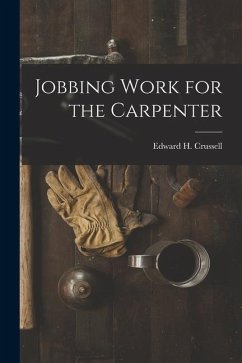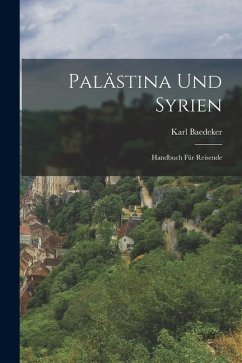
Ernest Thompson Seton
Broschiertes Buch
The Book of Woodcraft and Indian Lore
Versandkostenfrei!
Versandfertig in über 4 Wochen
Weitere Ausgaben:

PAYBACK Punkte
15 °P sammeln!




The Book of Woodcraft and Indian Lore
Naturalist, author, and artist Ernest Thompson Seton was an American who lived from 1860 until 1946. He was born in South Shields, County Durham, England to Scottish parents. He moved to Canada with his family when he was six years old. There, he worked as a naturalist when he was a young guy, researching and capturing the prairie animals on paper. In his book "Wild Animals I Have Known," Seton collected his own accounts of his encounters with numerous wild animals. As a result of the book's success, Seton rose to prominence in the field of nature writing. Seton co-founded the Boy Scouts of America and was a well-known conservationist. He produced a large number of books and essays on outdoor education and wilderness survival because he thought it was crucial to educate children about the natural environment. Seton spent some years living among the tribes of the Southwest and later became active in Native American rights movement. Up to the time of his death in 1946, he kept producing writing and art. The Ernest Thompson Seton Institute, which supports wildlife art, outdoor education, and conservation, honors Seton's legacy today.
Produktdetails
- Verlag: Creative Media Partners, LLC
- Seitenzahl: 616
- Erscheinungstermin: 27. Oktober 2022
- Englisch
- Abmessung: 234mm x 156mm x 31mm
- Gewicht: 848g
- ISBN-13: 9781015829329
- ISBN-10: 1015829325
- Artikelnr.: 67211511
Herstellerkennzeichnung
Libri GmbH
Europaallee 1
36244 Bad Hersfeld
gpsr@libri.de
Für dieses Produkt wurde noch keine Bewertung abgegeben. Wir würden uns sehr freuen, wenn du die erste Bewertung schreibst!
Eine Bewertung schreiben
Eine Bewertung schreiben
Andere Kunden interessierten sich für





